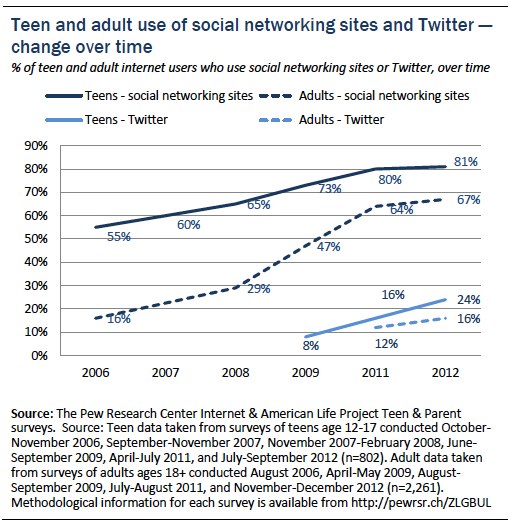A Slate writer, Farhad Manjoo, recently created quite a challenge for a young American garment manufacturer, American Giant. He wrote an article that waxed poetic about the quality and design of their product – so much so that the company was overwhelmed with orders. His readers flocked to the site and orders quickly spiked. American Giant produces all of its apparel in the United States, creating a high quality, mid-range price line, and they are worth checking out, but expect to wait if you want a hoodie – current backorders are at least weeks if not longer. This is a case study on “catastrophic success” – where sudden demand outstrips supply so significantly it challenges the entire business model.
American’s in particular expect instant gratification – . We live in a world where a game in the app store can go from one of millions to The One overnight, and the biggest challenges to scale are servers and pipes. But the realities of manufacturing a real, tangible, physical object like a garment remain what they are – cotton must be processed, dyes must be applied and set, cloth created, pieces cut and sewn. Reconciling production challenges with the reality of trends, spikes, and the speed with which things ‘go viral’ and then fade away is a challenge for any company looking to manage a pipeline.
Traditional business projections typically follow either a steady growth, a spike and level, or a cyclical chart. Sometimes they can plan for an anomaly – for example Roots, the Canadian manufacturer who designed clothing for the Olympics could get ahead of that spike because it was predictable. Viral hits are something new for manufacturers, especially those that don’t come from a planned campaign or something like a major sporting event. Companies want to balance investment in infrastructure with long range revenue projections, so building production capability to meet the possibility of a sudden viral hit is tough for a company that has long lead times for commodities like cotton.
American Giant seems to be taking it in stride, and according to Manjoo has restructured to address the sudden viral hit and a revised ongoing business plan. Check out this follow up article for insight regarding how it all played out. It is both a great success story and an interesting case study for any internet based manufacturing company that can’t move at the speed of the internet.



